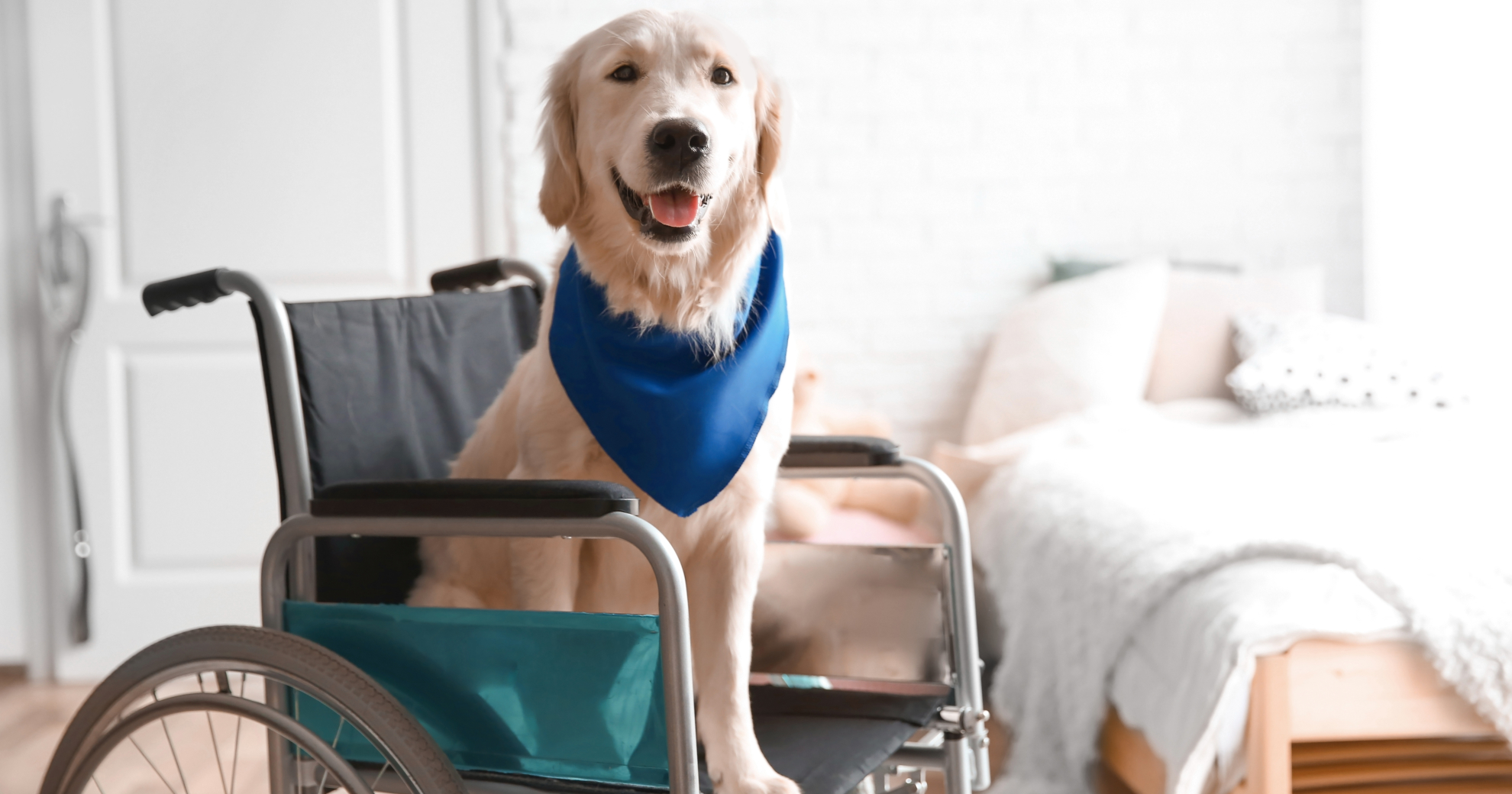LIFESTYLE & MORE

VOTING BOOTH

TRENDING

LIONS FOUNDATION OF CANADA DOG GUIDES
Lions Foundation of Canada Dog Guides and its founding program, Canine Vision Canada, was established in 1983. It’s the largest school of its kind in Canada with its training school in Oakville and breeding facility in Breslau.
Knowing More About Service Dogs

What is a service dog?
A competent, loyal, and loving service dog is a blessing to its owner. Some are trained specifically to help people with physical disabilities while others provide emotional and psychiatric support. It is now widely accepted that dogs can help people manage stress, become more active and thereby increase their happiness and avoid depression. Some breeds are better suited to certain jobs than others but when started young, most can be trained to be reliable, capable, and carry out their tasks with dedication. From giving a helping paw by guiding the visually impaired in their daily activities to protecting the mentally impaired from injury and supporting people with anxiety disorders.
The benefits such dogs provide are continually increasing and include:
- Allowing greater independence by guiding
- Assistance with everyday tasks like operating lights and other switches
- Companionship and emotional support by just being themselves
- Alerting owners of imminent medical problems such as blood sugar or seizure hazards
- Mobility support or even towing a wheelchair
WHAT BREEDS ARE BEST?
Service dogs come in all shapes and sizes, from Chihuahuas and Pugs to Alsatians and even the Great Danes that provide excellent mobility assistance. Of course, certain breeds are better suited to specialised tasks. That is why guide dogs for the visually impaired are usually German Shepherds, Labradors, or Golden Retrievers. These large, strong dogs are clever and confident, which ensures docility in difficult and confusing situations, and they can even be intelligently disobedient when the owner gives a dangerous instruction.
The two types of Poodles can be helpful in various situations, the toy can alert the owner if he/she has fluctuating blood sugar, whereas the standard can carry objects such as cell phones and even turn on lights or other switches.
Regardless of breed or mix, the best service dogs are handler-centred, desensitised to distractions, and highly trained to do particular jobs consistently. Such animals are seldom distracted from their activities at home or in public, and while working are alert and sensitive to their owners’ needs.
THINGS TO KEEP IN MIND
Choosing a suitable breed can be tricky, mainly because the range of choices is vast. Not least of the considerations is the dog’s life expectancy. The general rule of thumb is that with equal care, smaller breeds have longer life expectancies. Apart from the owner’s preferences and singular requirements, it is important to have access to training facilities because this is an ongoing process. Since they are an investment in their human’s quality of life, keeping a service dog can be expensive. Veterinary care, proper nutrition, and ongoing training are all expenses that should be considered at the outset. Travelling by air is always complicated as most flight services require special provisions for service companions other than trained seeing-eye dogs.
SERVICE DOG TRAINING
Training almost always starts at puppyhood and focuses on the skills that all well-behaved dogs should learn including house training, crate training, and obedience training. Nose and paw pointing and learning to wear various types of equipment are the foundations for further schooling. They then receive all aspects of courtesy training such as not jumping up on people when greeting, sitting quietly, controlling impulses, being calm when the leash is detached, and many more. This is then followed by basic, advanced, and public access training which starts with learning the “sit, down, stand, come, heel, and stay” commands. Through these steps, dogs learn to be obedient and to concentrate on current tasks regardless of distractions around them. The skills taught in basic training are refined in the advanced phase where they learn emergency obedience such as a sit – on recall, or an emergency down. Only once these have been mastered do they advance to the specialised tasks focused on the disability and needs of their owner. This entire process takes up to two years and is supported by refresher programmes that dogs always love because of all the extra attention and treats.
TYPES OF SERVICE DOGS AND TRAINING
(hover over an image to learn more)
(click on an image to learn more)








